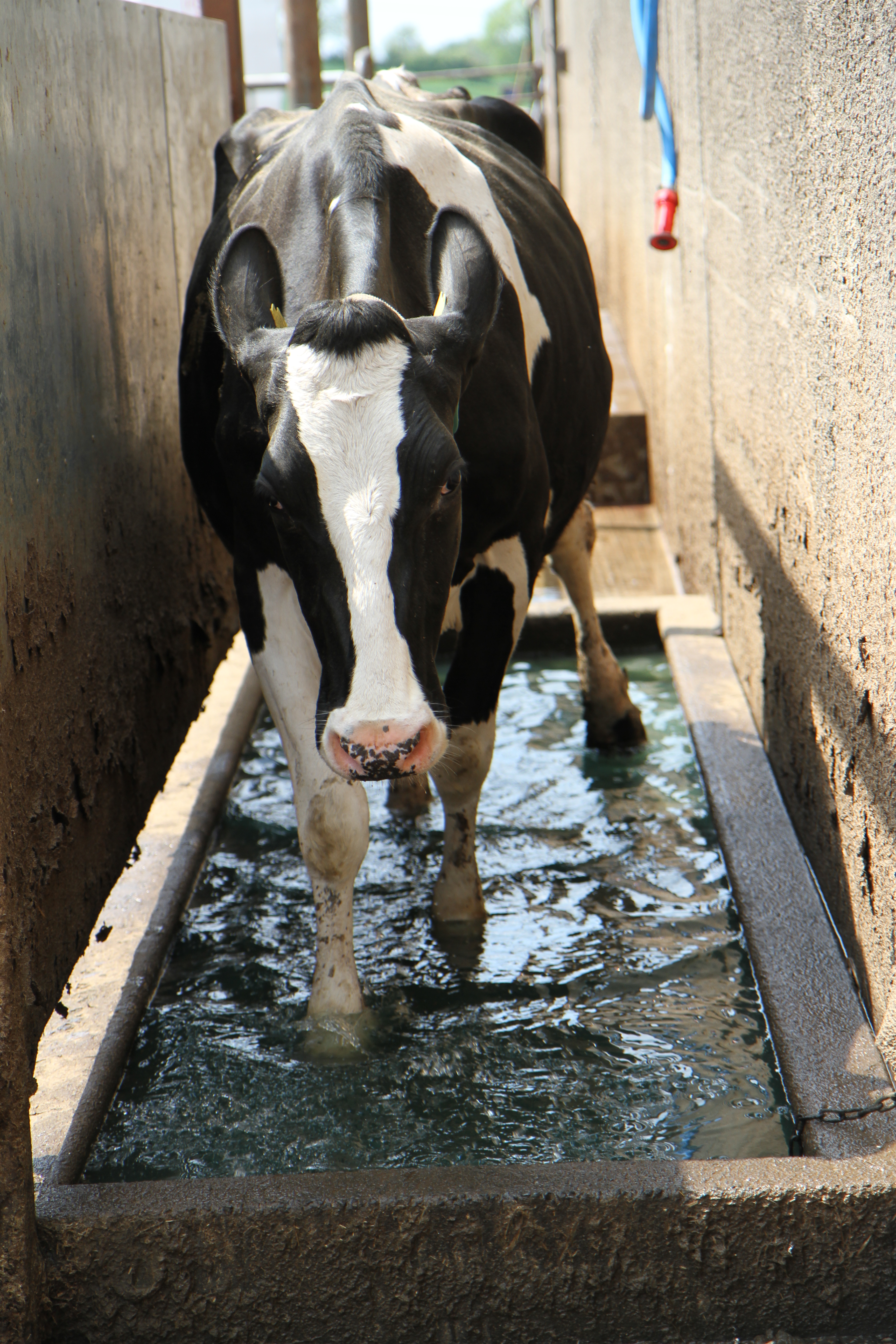DairyCo research has shown that 35 cows out of 100 will have lameness problems if footbathing is not carried out. “This is a median figure,” added Provita’s Tommy Armstrong.
“In comparison, figures drop down to 20 cows out of 100 on farms footbathing during housing. Even better results are achieved on farms that are footbathing all year round, with the figure dropping down to 10 cows per 100. This represents a 70% reduction in the overall scale of the problem, one that is costing the dairy sector millions of pounds in terms of lost production.”
Tommy continued: “If farmers are not already footbathing all year round we strongly recommend that they start now in order to minimise any lameness problems that will arise post-housing in November and December. This approach will help control the build up of bacteria that can cause digital dermatitis and other lameness related conditions.”
The Provita representative went on to point out that research presented at the recent International Lameness Conference in Bristol also demonstrated a substantial reduction in lameness when cows with mild lameness problems (DairyCo mobility score 1+2) were hoof trimmed earlier.
“This is another example of the payback gained by early identification and intervention when it comes to tackling the challenge of lameness. Increasing hoof trimming frequency and increasing footbathing frequency will undoubtedly help to reduce the scale of lameness problems.”
As a company, Provita are committed to working closely with milk producers throughout Northern Ireland in order to bring down lameness levels within herds.
Tommy Armstrong again: “On a no obligation basis, we offer free cow mobility scoring and in parlour digital dermatitis assessments. This allows me to assess the extent of the lameness problem within a herd and to discuss a plan of action with the farmer in order to improve the situation.
“The initial visit also provides me with the opportunity to discuss other management and farm environment factors that can be impacting on lameness levels. Reassessments can be arranged to monitor progress.”
